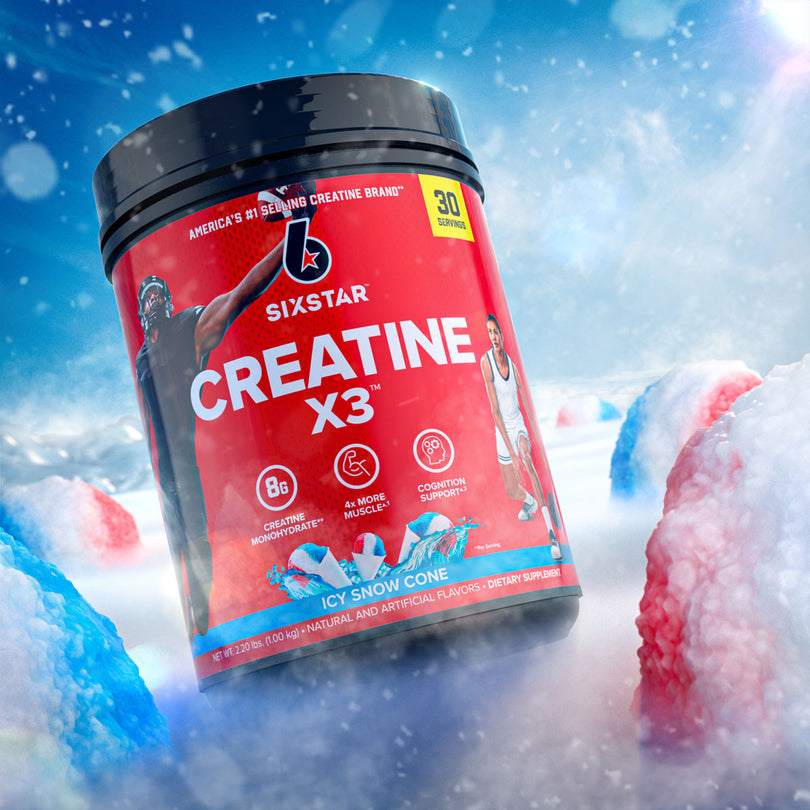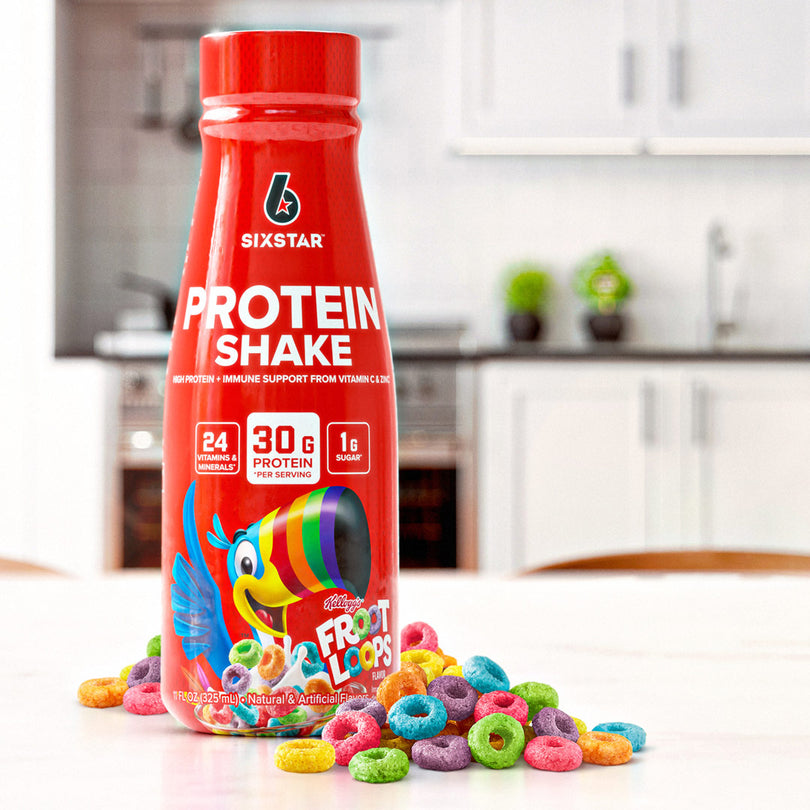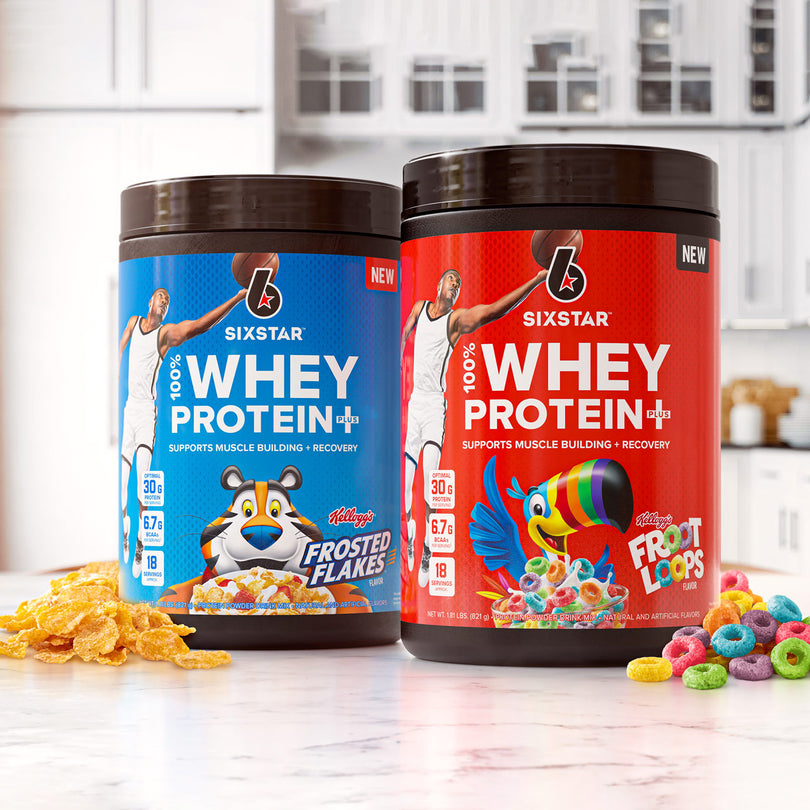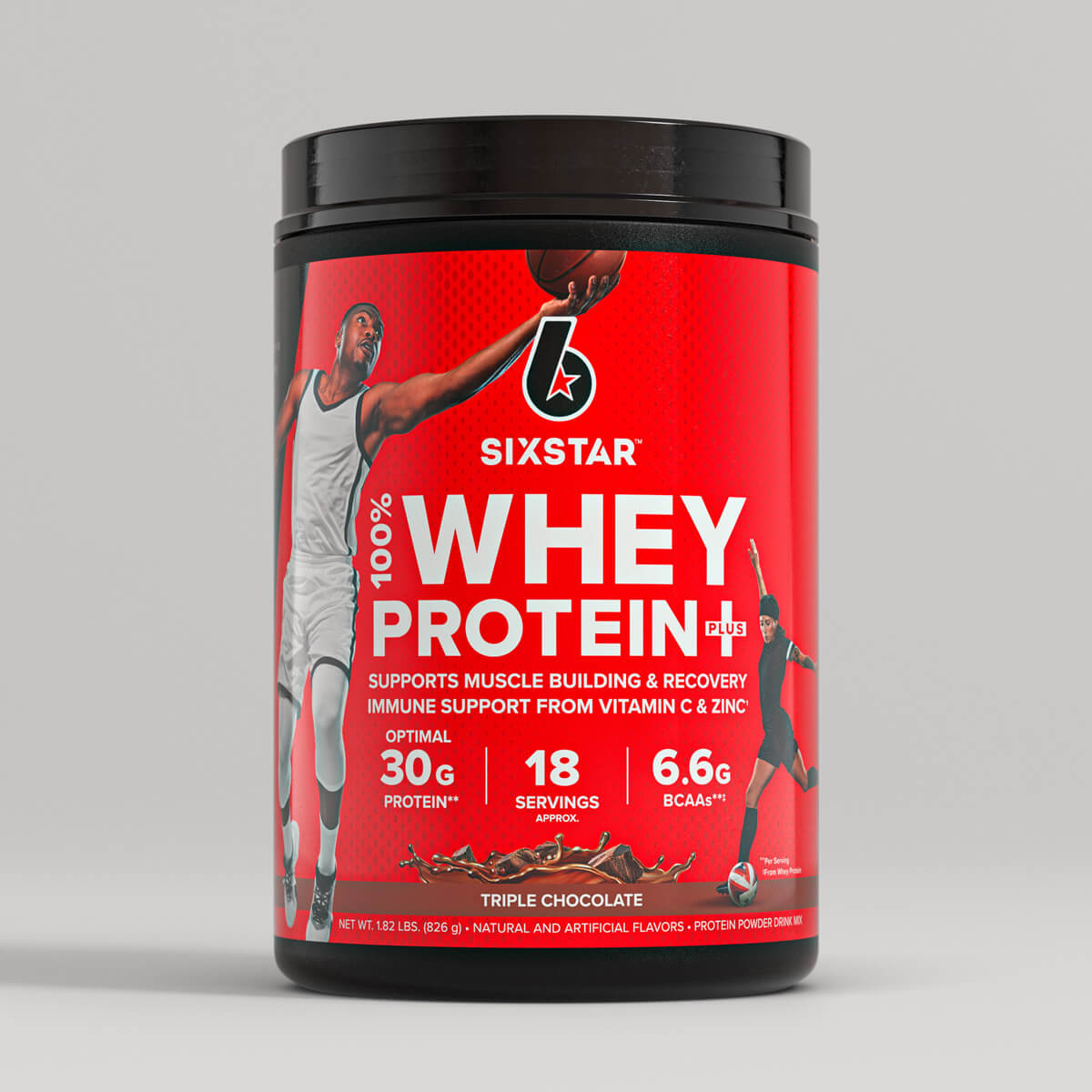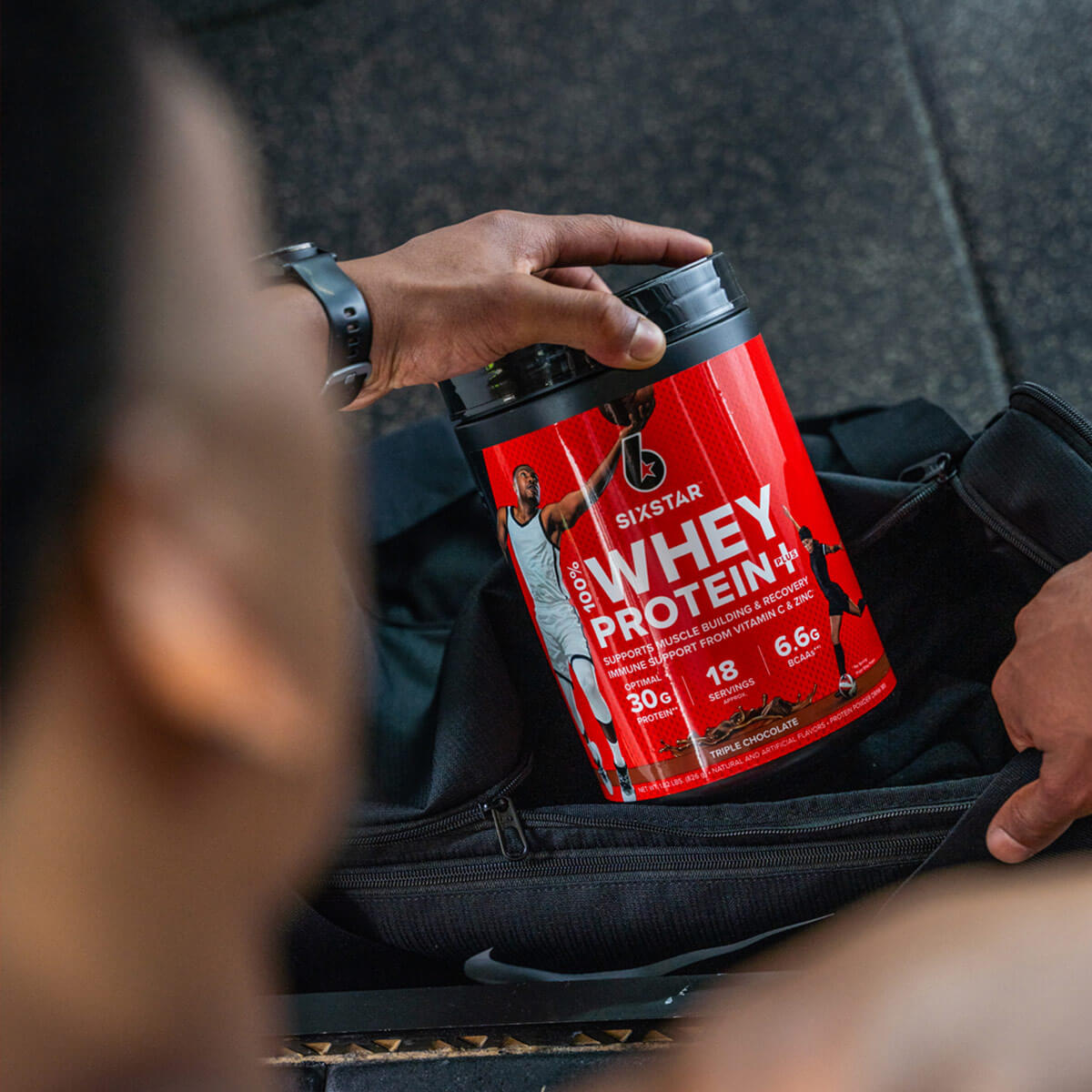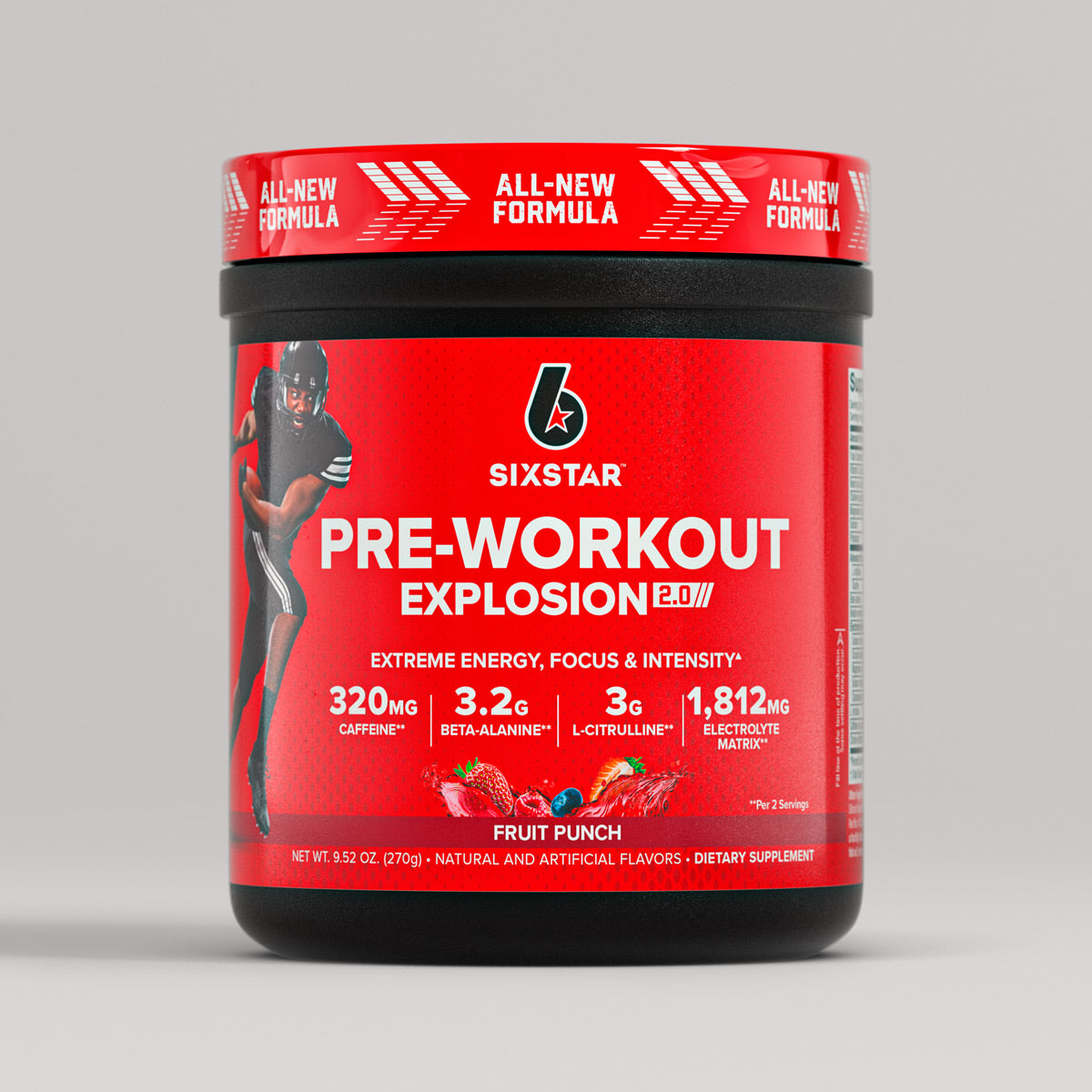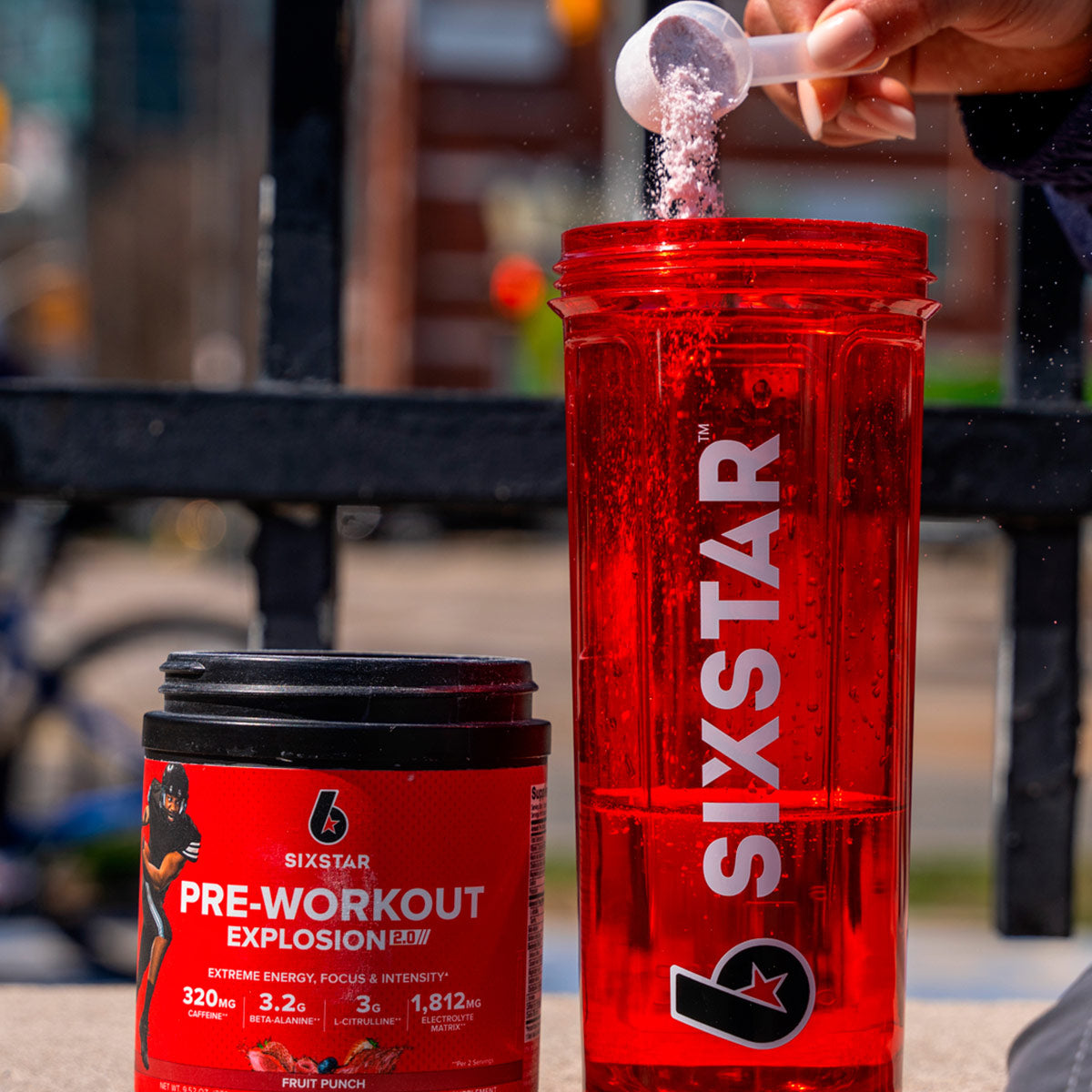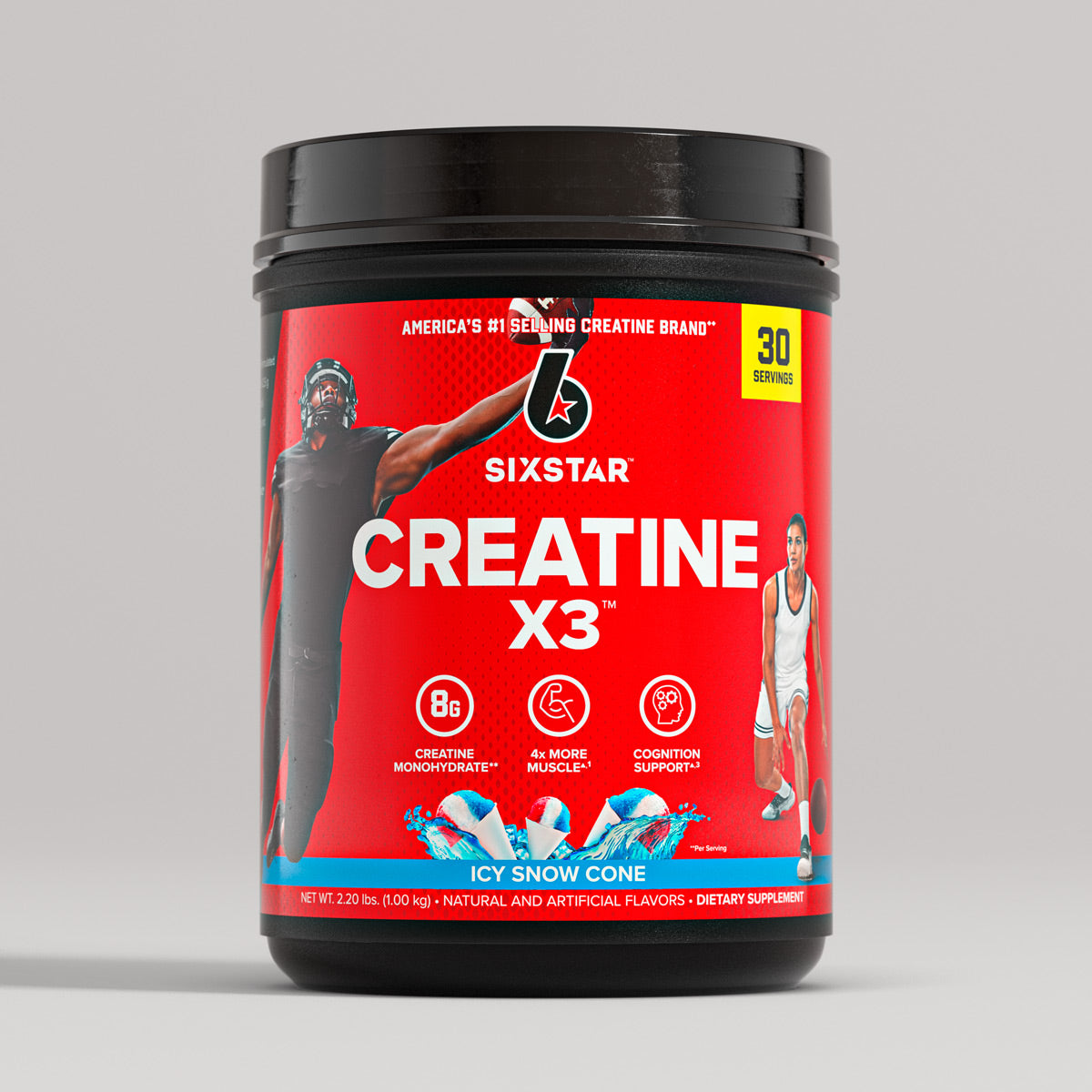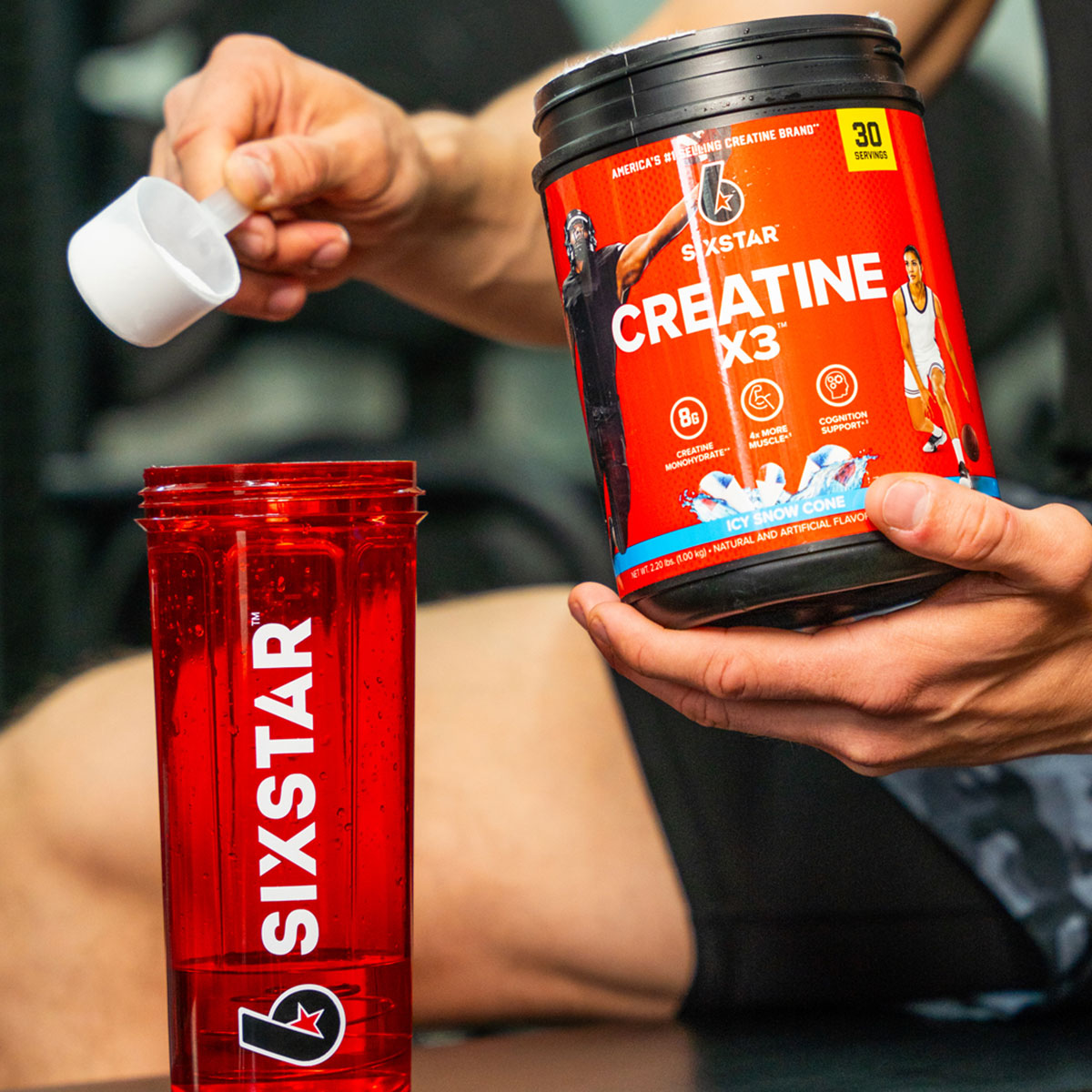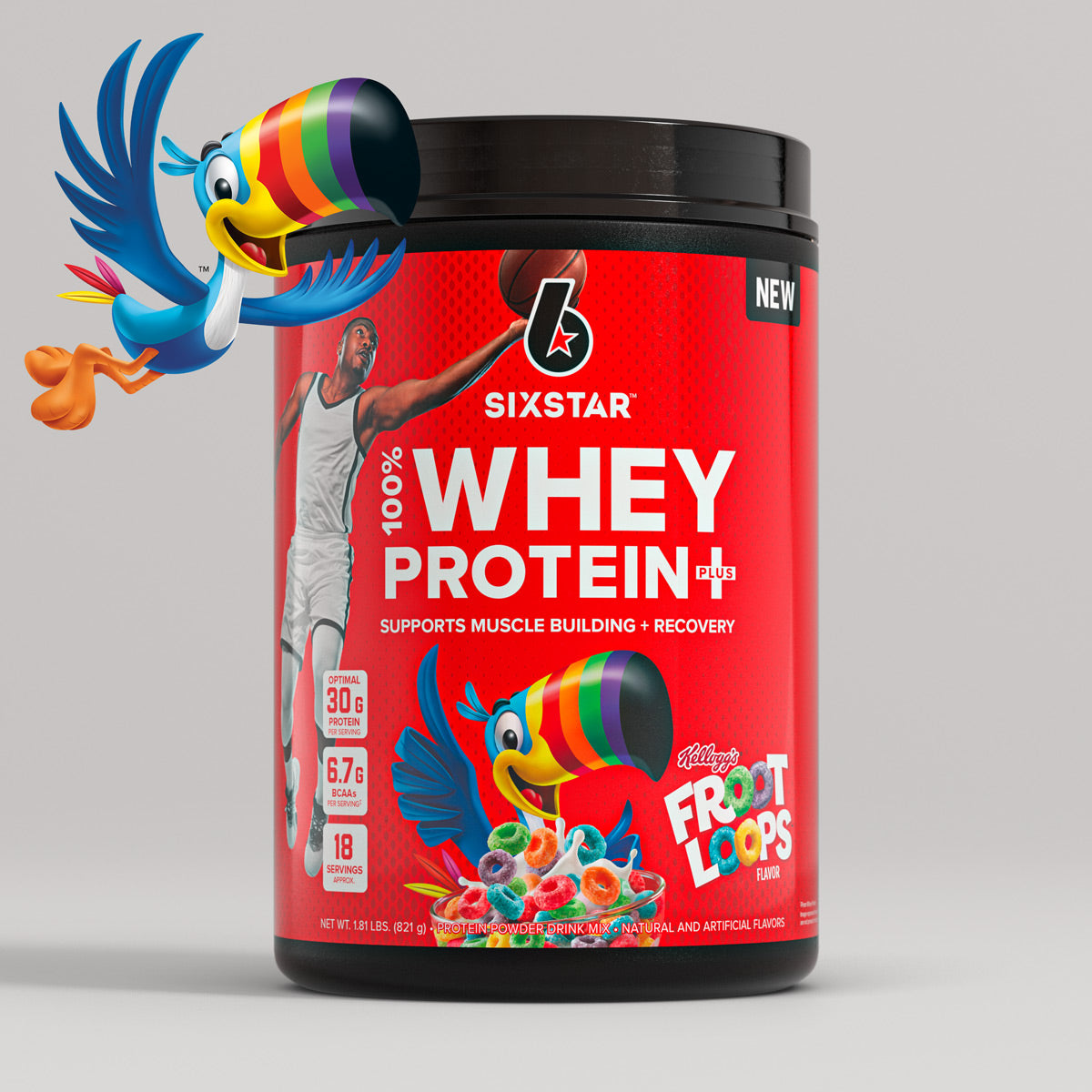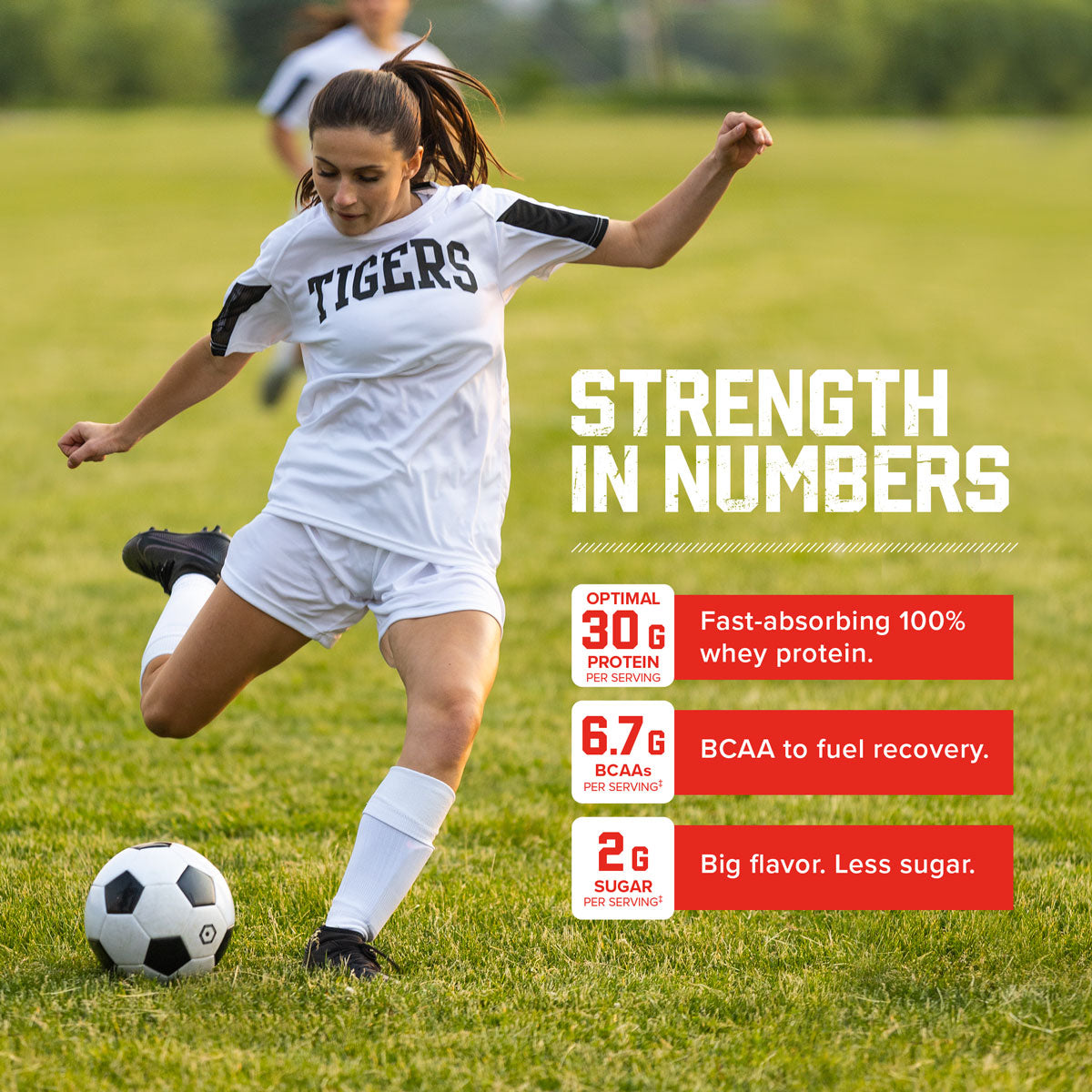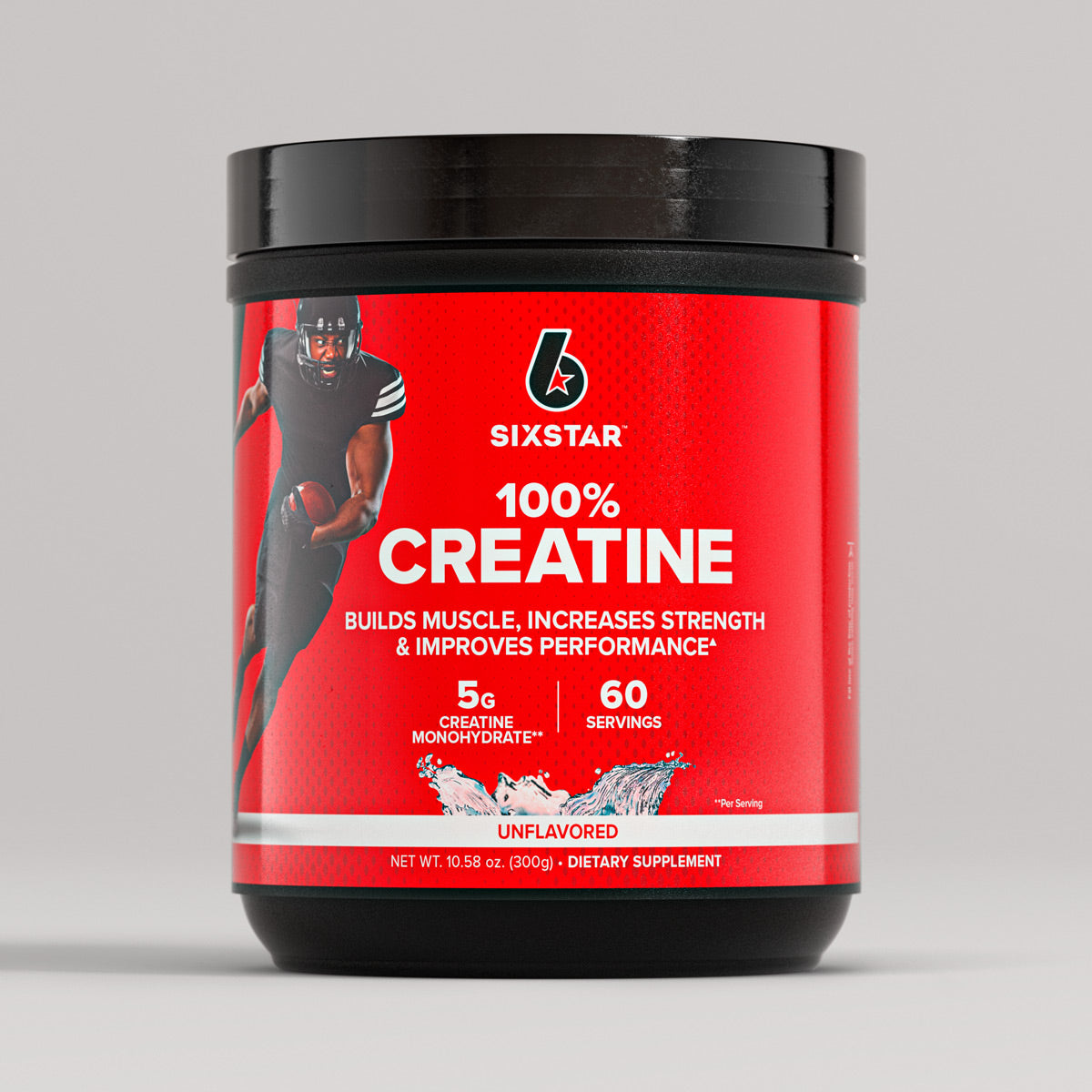Any major life change comes with obstacles, and the shift from athletics to regular adult life is a big one. New responsibilities and shifting priorities mean your exercise habits will change, but this doesn’t mean you shouldn’t pursue a heart-healthy lifestyle.
How? Let’s dive into health considerations, challenges, and diet changes. And let’s learn how to shift from being an athlete to an active adult.
Health Considerations When Shifting From Being an Athlete to an Active Adult
The world of student athletics is rigorous and highly structured, with set times to train and practice. After leaving athletics, many student-athletes stop working out entirely. Many former student-athletes lose a sense of self and fall out of an active lifestyle. The answer is finding a balanced routine.
Without the obligation to train in the early morning or practice late at night, you’ll likely become more sedentary. This goes double if you have a job that requires extended periods of sitting. In addition, old injuries can impact your physical ability.
Shifting Your Workout Routine
The CDC’s physical activity guidelines recommend a regular exercise routine that incorporates aerobic activity and muscle training.
Each week, aim for 150 minutes of moderate-intensity aerobics, like a brisk walk, or 75 minutes of vigorous aerobics, like running or biking uphill.
In addition, schedule two days of muscle strengthening, like lifting weights. Your routine should work every major muscle group. For full benefits, try eight to ten repetitions of an activity for two to three sets.
Balancing Your Act
Staying motivated can be challenging, but community always helps. Find a gym buddy to help you stay accountable.
If your schedule’s packed, look for ways to incorporate exercise into your daily life. Maybe you can take a brisk walk on your lunch break or dedicate part of an afternoon to gardening. Exercise is more than weight rooms and running laps—find what’s fun for you.
Diet Changes to Consider
According to the US Department of Health and Human Services, older adults need fewer calories. At the same time, the food you eat needs to be more nutrient dense. Focus on protein, calcium, and vitamin D.
More Protein, More Muscles
Protein intake can offset some of the muscle loss that comes with age. To support muscle strength, eat protein-rich whole foods like seafood and legumes after you exercise.
Calcium and vitamin D are necessary for bone health. Women are especially at risk for developing osteoporosis, but loss of bone calcium happens to everyone.
Poor Diet, Poor Outcomes
You might be used to eating for your sport—eating more protein to build muscle mass, for example, or loading up on carbs for endurance. Alternately, you may have restricted your calorie intake.
Whether you ate like an Olympic athlete or cut out major food groups from your diet, your lifestyle and nutritional needs will change. Failing to adjust your diet can lead to weight gain, nutrient deficiencies, and other health issues.
Obstacles to Overcome
Many athletes develop a strong athletic identity around their sport. With no roadmap for a life after sports and the loss of an athletics community, it’s all too easy to fall out of exercise entirely.
How do you get back on track? Start with your attitude.
Adjusting Your Attitude Toward Fitness
If your athletic identity was tied to your sport, athletic retirement makes it difficult to find a reason to exercise. Moreover, training to be an elite athlete is geared to a specific sport rather than a healthy lifestyle. You may not know how to exercise for your everyday health.
The fix for this? Expand your skills and interests. If you’ve ever wanted to dance, play water polo, or swing a golf club: now’s the time.
Facing the Dangers of Overextension
Take care of your mental health too. The reason why you exercise today is different from what it had been when you were training for a specific sport. Pushing your physical activity too hard leads to overextension.
Signs of overexercising include:
- Depression and anxiety
- Frequent injuries and infections
- Performance loss
Throughout your fitness journey, keep in mind the basics of self-care to avoid overextension:
- Aim for seven to eight hours of sleep a night
- Stay hydrated throughout the day
- Pay attention to pain or sickness
Keeping Your Eyes Peeled for Addiction
Obsession with fitness or decreased social activity outside of your exercise sessions could indicate an exercise addiction. According to Healthline, an eating disorder or a fear that you’ll ruin your physique can encourage exercise addiction.
If your exercise or eating habits are hurting your mental health—for example, you’re obsessed with weight loss—seek professional help.
Managing an Active Adult Life
A study on exercise and aging found that a three-week period of bed rest significantly deteriorated the cardiovascular health of five 20-year-old men. Staying in shape increases muscle mass, bone health, and cardiovascular health, balances metabolism, and offers cognitive benefits.
Finding Other Pastimes for Adults
While sports have many benefits, it’s important to expand your interests. Branching out will help broaden your sense of self. Moreover, you may meet new people from different communities or better connect with friends and family.
Other hobbies have health benefits, too. Playing an instrument, for example, is linked to improved cognitive health.
Managing a Competitive Mindset
Healthy competition is a boon in both sports and the rest of your life. With a competitive mindset, you can be motivated to set your own goals and standards. Use your competitive impulses as a motivator—but remember to keep things friendly.
Get Active
“If it was easy, everyone would do it” is a cliché for a reason. Staying fit is hard, but knowing how to shift from being an athlete to an active adult is a powerful tool to have in your belt. Find your reason to push through self-doubt and setbacks to become your best self today.

